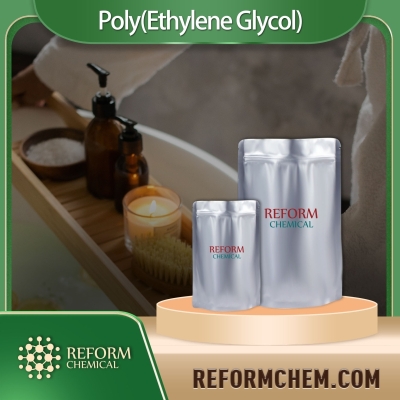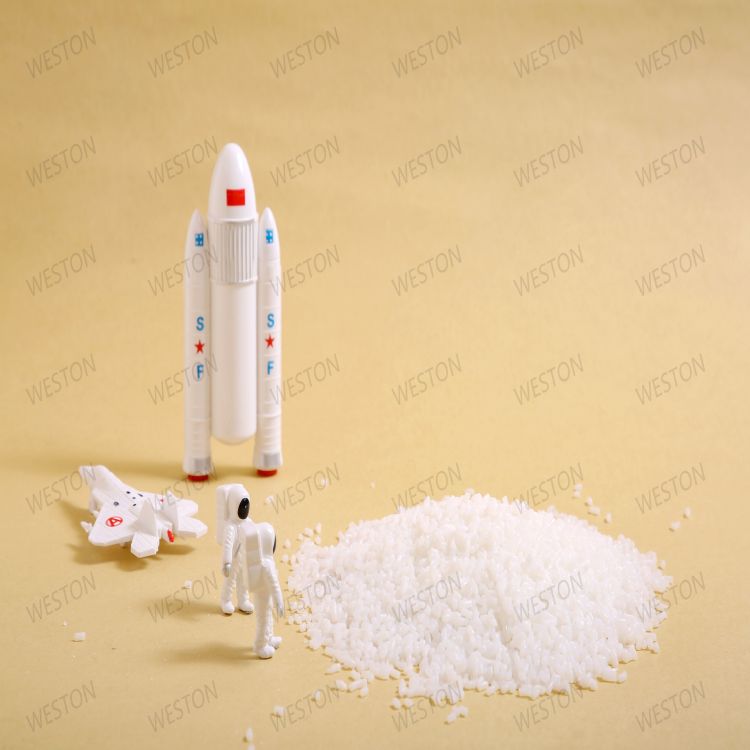-
Categories
-
Pharmaceutical Intermediates
-
Active Pharmaceutical Ingredients
-
Food Additives
- Industrial Coatings
- Agrochemicals
- Dyes and Pigments
- Surfactant
- Flavors and Fragrances
- Chemical Reagents
- Catalyst and Auxiliary
- Natural Products
- Inorganic Chemistry
-
Organic Chemistry
-
Biochemical Engineering
- Analytical Chemistry
-
Cosmetic Ingredient
- Water Treatment Chemical
-
Pharmaceutical Intermediates
Promotion
ECHEMI Mall
Wholesale
Weekly Price
Exhibition
News
-
Trade Service
As early as last year, researchers at The Ohio State University in the United States developed what is known as "the world's first rechargeable solar cell", solving the current problems
in the solar energy collection and storage process.
According to the latest news, the researchers developed an improved version of the first "water-based solar flow battery" based on this and is currently being tested in combination with traditional lithium-iodine batteries, and the team claims that the new technology can reduce the 20% of the electricity
lost by solar energy during conversion and storage.
It is reported that the original version of the integrated "rechargeable solar cell" working principle: titanium dioxide strips absorb sunlight, and when sunlight hits the mesh solar panel, the solar panel will produce electrons
.
Inside the battery, electrons produce energy in the process of breaking down lithium peroxide into lithium ions and oxygen, which is released through a mesh of solar panels, and lithium ions are stored in the
battery as future energy.
Since the solar panels and batteries are all integrated, energy losses are minimized
.
Unlike the previous version, the new version does not use traditional liquid electrodes, water-based solar flow batteries use water as a solution, lithium iodide instead of electrolyte, which can provide low-cost, high-efficiency, high-storage rate performance
.
Water-based flow batteries can operate without air conditions, so a single-layer solid-state solar panel design can be used, and the principle of solar panels also uses photosensitive solar panels, through charge and discharge experiments, solar flow batteries only need to be charged to 2.
9 volts, that is, 3.
3 volts voltage discharge
.
The previous version required charging to 3.
3 volts, which is 20%
more efficient than that.
The researchers say that the new integrated water-based solar flow battery needs more research to improve the efficiency and is expected to be used in solar storage and power generation in large-scale power grids, or in new applications
such as "electrolyte fuel" for future electric vehicles.
As early as last year, researchers at The Ohio State University in the United States developed what is known as "the world's first rechargeable solar cell", solving the current problems
in the solar energy collection and storage process.
According to the latest news, the researchers developed an improved version of the first "water-based solar flow battery" based on this and is currently being tested in combination with traditional lithium-iodine batteries, and the team claims that the new technology can reduce the 20% of the electricity
lost by solar energy during conversion and storage.
It is reported that the original version of the integrated "rechargeable solar cell" working principle: titanium dioxide strips absorb sunlight, and when sunlight hits the mesh solar panel, the solar panel will produce electrons
.
Inside the battery, electrons produce energy in the process of breaking down lithium peroxide into lithium ions and oxygen, which is released through a mesh of solar panels, and lithium ions are stored in the
battery as future energy.
Since the solar panels and batteries are all integrated, energy losses are minimized
.
Unlike the previous version, the new version does not use traditional liquid electrodes, water-based solar flow batteries use water as a solution, lithium iodide instead of electrolyte, which can provide low-cost, high-efficiency, high-storage rate performance
.
Water-based flow batteries can operate without air conditions, so a single-layer solid-state solar panel design can be used, and the principle of solar panels also uses photosensitive solar panels, through charge and discharge experiments, solar flow batteries only need to be charged to 2.
9 volts, that is, 3.
3 volts voltage discharge
.
The previous version required charging to 3.
3 volts, which is 20%
more efficient than that.
The researchers say that the new integrated water-based solar flow battery needs more research to improve the efficiency and is expected to be used in solar storage and power generation in large-scale power grids, or in new applications
such as "electrolyte fuel" for future electric vehicles.







